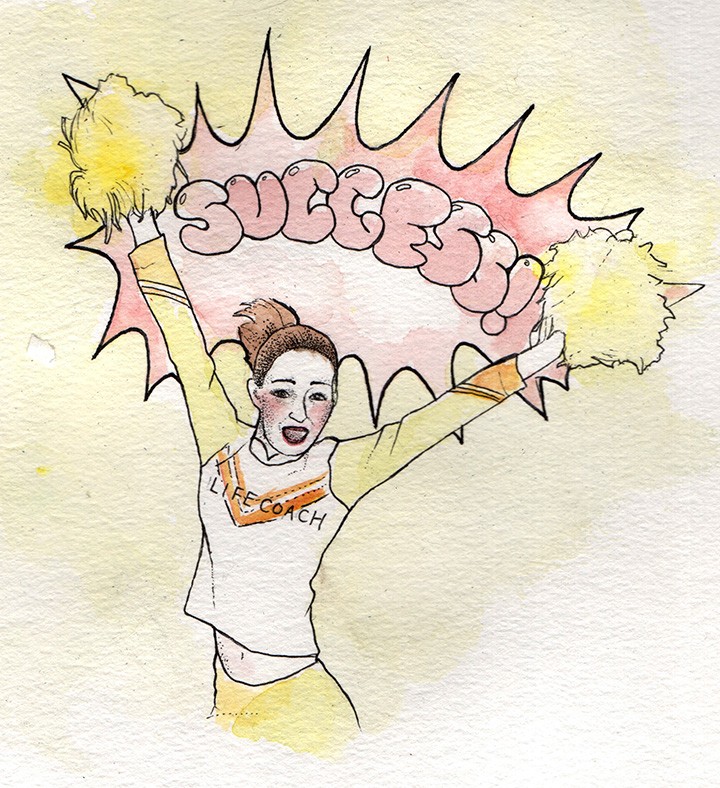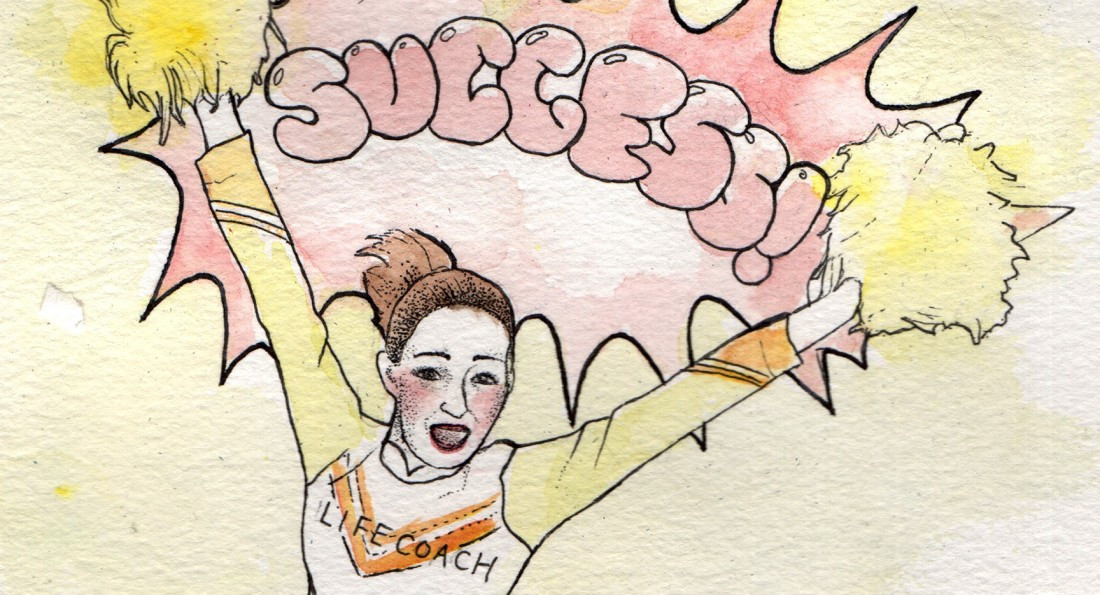Resolving to connect
Forming a deeper relationship with goal setting

Though the beginning of a new year can be a healthy check-in point, committing to stick to a resolution for 365 days can be overwhelming. That’s why some people take a different approach to New Year’s resolutions.
Meghan Zahari, co-owner of Bronuts, says a year can be a long time to focus on one specific goal.
“Picking a specific thing like ‘I’m going to eat healthy in 2017,’ I find that really overwhelming, because that actually entails a very big commitment and a very big change to a lot of daily habits.”
Instead of small and specific goals, Zahari chooses to broaden her focus to a theme for the year, one that she chooses with her husband.
“Last year, we just kind of picked a word for the year and we picked ‘nurture,’” she says. “We were like ‘Oh, that’s cool. We’ll do a lot of self-care this year.’ We didn’t really know what it would look like for us, but it ended up taking a lot of unexpected directions.”
Art therapist Tanissa Martindale prefers to uncover the emotion behind a goal before working with her clients to achieve it.
“I just get really curious and engage with a lot of questions to gauge the motivation,” she says. “Is that genuinely you that wants to do that, or is that what you feel like the greater world is implying or what you’ve been fed through media or social context?”
Martindale says it’s easier to achieve a goal when a person is connected to it. Self-love is an important part of the equation.
Having spent years as an athlete and being very disciplined, Martindale says she knows how to push herself when she needs to, but discipline isn’t always the best route.
For example, if she needs to put off a few errands to get more sleep and she has the time to do so, she’d rather let herself get the rest.
“If I come from that loving place then it’s actually from me. It’s not from imposed pressure, which eventually I will get so annoyed with that I don’t want to listen to that voice anymore.”
Martindale says she helps clients find a deeper relationship with their goals through discussion, brainstorming and creating visual pieces such as self portraits, metaphorical symbols and vision boards.
“I think it’s very great to use our practical, logical, rational side of the brain. Then we also have the side of the brain that is emotive and creative and visually dispositioned, so having images can be what pulls us forward,” Martindale says. “It connects to a different part of us.”
Zahari says remaining open but choosing a theme for the year leads to a lot of self-exploration, going beyond the surface and asking the hard questions. This year, she plans to again follow a more general intention and continue to keep track of her thoughts throughout the year by journaling.
Published in Volume 71, Number 15 of The Uniter (January 12, 2017)






